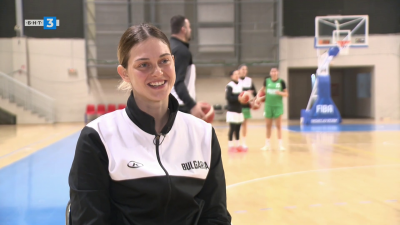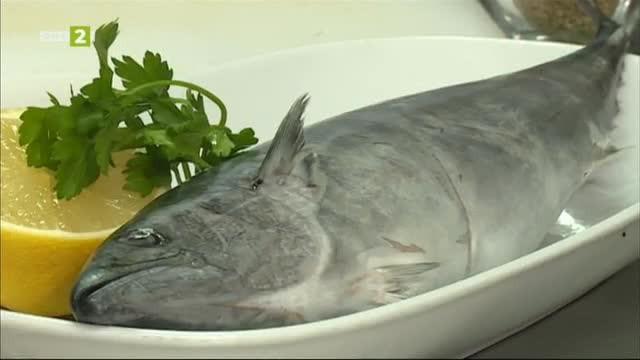Archaeologists uncover remains of a Chalcolithic settlement at the bottom of the harbour in Sozopol
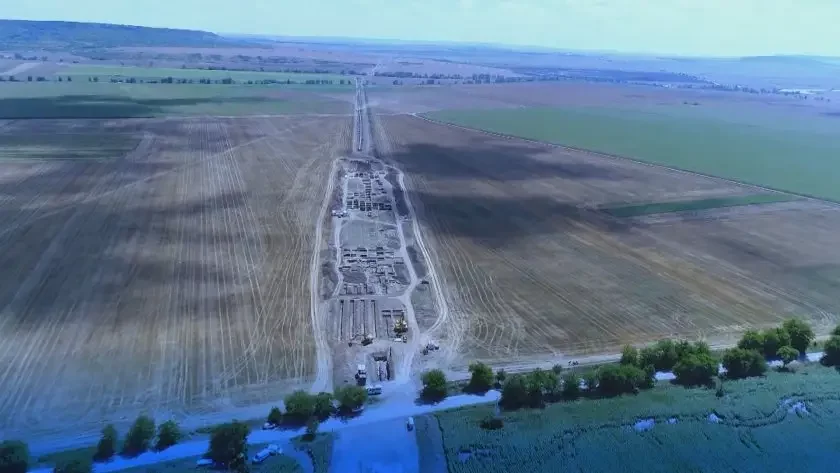
Remains of a settlement from the Chalcolithic period were discovered by archaeologists at the bottom of the harbor in Sozopol (a town on the Black Sea coast, Southeastern Bulgaria).
The lake people who inhabited it apparently maintained a high standard of living and traded far and wide.
6,000 years ago the sea level was 5 metres lower and its coastal lakes gave very good living conditions.
It was a shallow lake and on the slope in front of the dense forest and water they built houses on stilts. And they drew by the handful from both the lake and the forest.
But gradually their land began to sink and give way to the sea. And it has kept their traces almost intact.
A fairly well-preserved black pottery bowl is part of all those finds that are now excavated from the bottom of Sozopol Bay, used by people who lived nearly 400 years after those we know from the Varna necropolis.
It's cold, but the only chance to explore the harbour bottom is now, when there are no tourists and fishing boats. And within reach of their second square of the season, the researchers came across a rich layer of settlement remains, from the end of the Stone Copper Age 6,000 years ago.
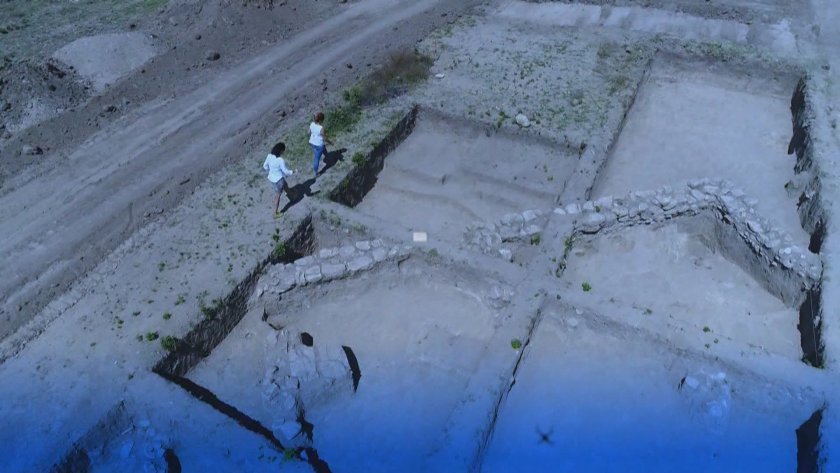
"This type of settlement is usually referred to as 'pile dwellings', i.e. raised on platforms, and in the more arid part on the slope on which they were located, they were similar to the usual buildings we know from terrestrial settlements," said PhD Kalin Dimitrov, assistant professor at the National Archaeological Institute with Museum – Bulgarian Academy of Sciences,and archaeologist at the Centre for Underwater Archaeology.
Their shore is now 5-6 metres under water, or that is how much the sea level has risen and flooded their houses. But they will never know how big settlement was, destroyed when the bay was deepened to open a new entrance to the harbour.
"At the moment there is a preserved area, which is perhaps in the order of 1500-200 metres, which crosses the bay from west to east. And to the south it maybe extends to the small marina," Kalin Dimitrov added.
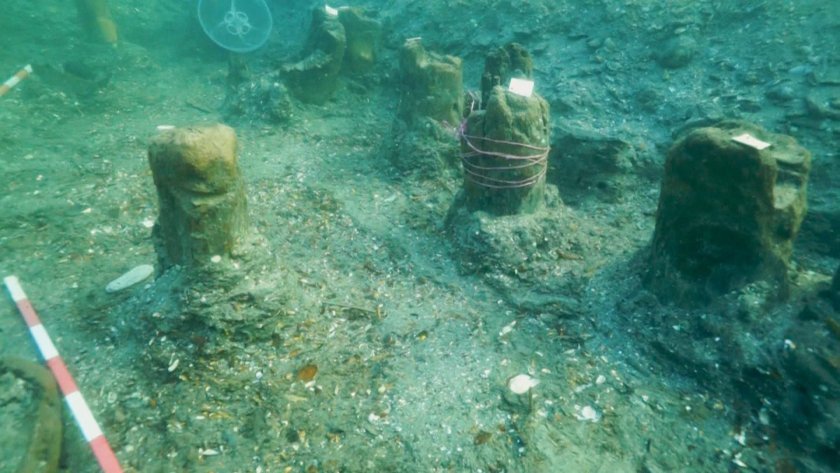
But though little is preserved, it is rich enough in artifacts that tell much about the life of the lake people.
"Obviously, this is a layer that was created in the settlement itself. And it's exclusively from things that the inhabitants threw down. Mainly food scraps, because we find a very large concentration of plant stones. So at first glance they are from wild plants, cornelian cherry, plums, sour cherry, hazelnuts and acorns," commented PhD Naiden Prachov, Head of the Centre for Underwater Archaeology.
Poultry meat was also present in their menu - the bones are of waterfowl, the vertebrae are from fish, the flint arrowheads suggest their hunting and fishing methods.
"There are also a lot of turtle skulls, apparently they ate turtles too. And there was pottery, a thick layer of pottery, typical of the Chalcolithic era, with a polished surface, with relief decoration," said Naiden Prachov.
The seeds, pits and bones will be analysed by palaeobotanists and zoologists. They will also have to examine samples of the stakes to tell what they built their houses out of.
"Some of the logs that are generally the stakes that were used are oak. And they are very strong. But here at this site in particular, a very large proportion of the wooden stakes are soft wood," said Naiden Prakhov.
But besides the wonderful conditions the lagoon offers, the lake people settled the place for another natural feature.
"They have exploited the resources of the nearest mountain, the Copper Ridge. It means that this is one of the earliest exploited deposits in Bulgaria," said Dr Kalin Dimitrov.
And it is certain that they developed metallurgical activity on the spot. This is part of a mould for casting a lock. But analysis of two-thirds of the copper objects in the treasure from the Varna necropolis shows it came from here. And perhaps they were also building ships to trade the metal, which was valuable at that time. But they haven't been discovered yet.
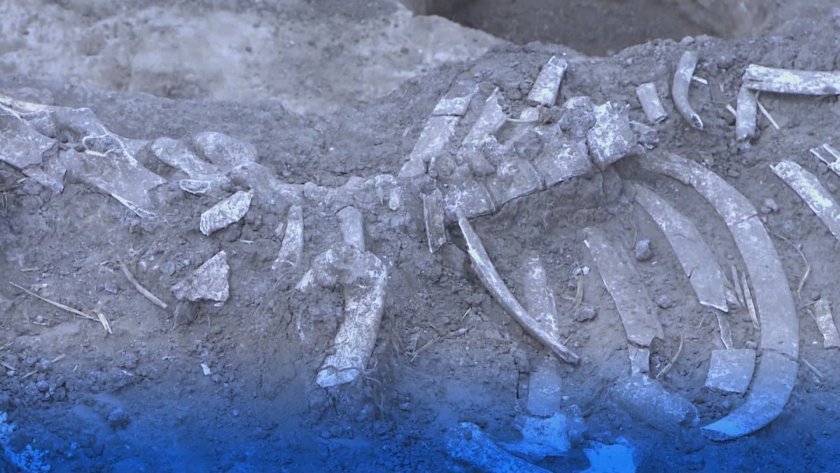
Get the latest news wherever you are!
Follow us on
Facebook
and
Instagram
Follow BNT’s YouTube channel
You can now also watch us on
TikTok
Find us on
Google News















